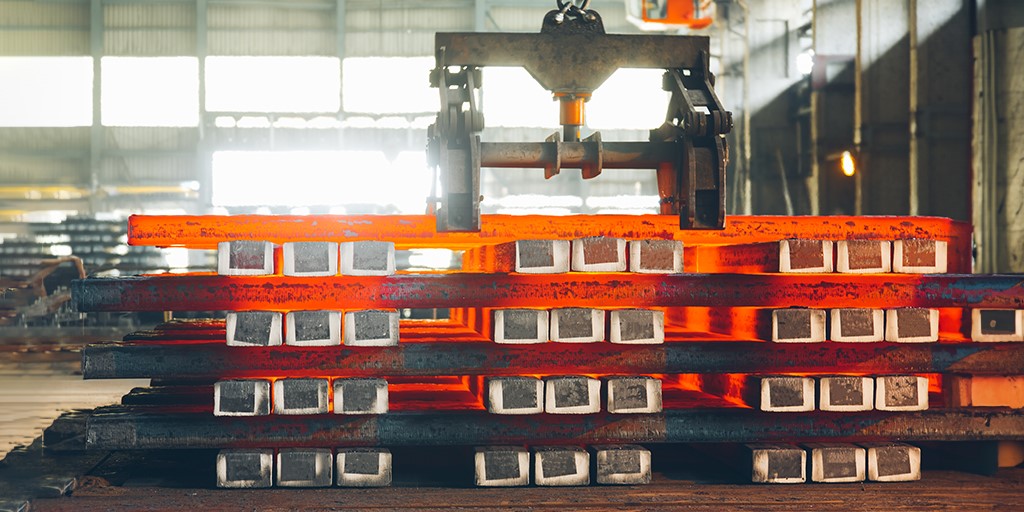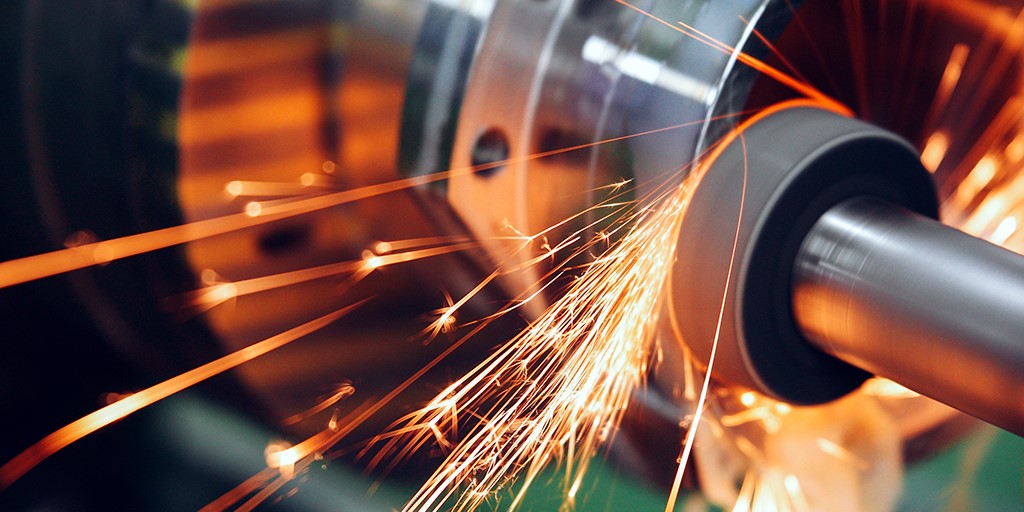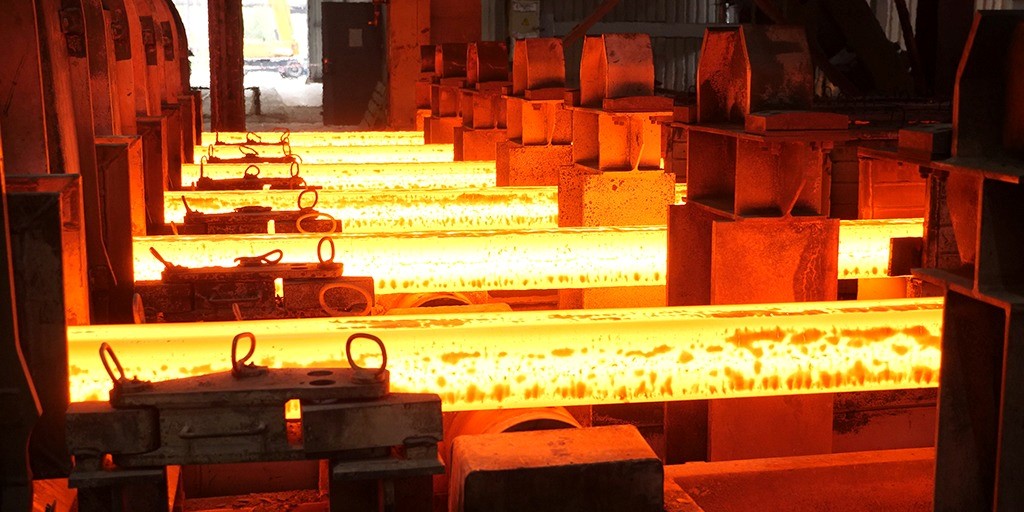
Why is Structural Steel Great for Construction?
Introduction
Unfolding the world of construction, structural steel emerges as a marvel and a cornerstone in building India’s tomorrow. This blog sheds light on the steel marvels that have shaped our skylines and the journey of an alloy that stands tall through history.
Journey back to the late 1700s, a time when steel frames weren’t just structures but guardians against the fiery whims of fate. The British mills here were seeking strength and found an ally in structural steel. This began a historic journey of alliance, revealing the Rand-McNally building in 1886. In addition, the chapters showcased the timeless elegance of London’s Ritz Hotel in 1906. Furthermore, we will explore the remarkable advancements made in the field of structural steel.
Evolution of Structural Steel
Technology plays a pivotal role in the evolution of structural steel, and its rapid pace has made the fabrication of structural steel easier. With advanced technology like 3D modelling, Computer-Aided Design (CAD) and Building Information Modeling (BIM). All these technologies work to develop more precise and efficient structural design and fabrication. When making a prototype for projects on a larger scale, these technologies significantly improved design technology, allowing fabricators to see the challenges in manufacturing and fabrication of large-scale projects. Although virtual design has been around for many years, the technology is growing with complex code and versatility.
Features and how does it protect buildings?
At the heart of structural steel lies its strength, a force that defines its character. Structural steel shows how strong it is compared to its weight. Additionally, it reduces costs and conveys a story of sustainability through every beam and stake by using less steel to create strong support.
- Cost-Effective
Innovations in the modern era have reduced the amount of time needed for production, which has resulted in cheaper costs. There are multiple regulations promoting the efficiency of structural steel in construction. It plays a supporting role and aligns with the cost-effective nature of steel. The consistency of concrete holds its ground, and the lifetime costs of steel, coupled with its recyclability, make it a strategic investment in the construction world.
- Versatility
When it comes to design, structural steel provides a canvas where architects can unfurl their creativity without compromising on strength or functionality. Its versatility grants architects the freedom to sculpt shapes and forms that transcend the ordinary. Its artistic expression becomes a testament to both the form and function of structural steel.
- Sustainability
Becoming a beacon of sustainable practices in construction, structural steel proudly wears the badge of the world’s most sustainable building material, with a recycling rate of over 90%. The minimal processing required for recycling and continual reduction over the last decade showcase its commitment to being environmentally friendly. Its sustainable essence aligns seamlessly with today’s call for responsible building practices.
- Resistant
Being a non-combustible material, structural steel supports a huge amount of load at a specific temperature for fire resistance. This makes it a guardian, resisting mold and mildew, highlighting its ability to weather challenges. Through corrosion lurks, preventive measures emerge as a shield, offering protection against the forces of time.
Conclusion
And so, the tale of structural steel continues today, stronger than ever in India’s construction world. With the government’s initiatives and the growing preference for structural steel, its demand is higher than ever before. The majority reason for this is urbanisation, industrialisation, and the Smart Cities Mission focusing on infrastructure development, including highways, bridges, etc. In addition, structural steel is going viral with increased demand and industrial expansion because of the Make in India initiative, especially in commercial and residential segments.
Today’s focus everywhere is on sustainability, making the structural steel market grow exponentially in the coming years. This is happening due to its durability, flexibility, and eco-friendliness, further strengthening the construction market potential and leading to India’s harmoniously conscious construction progress.
What is structural steel?
Structural steel is one of the major construction materials. This type of steel is designed with a good strength and weight ratio and is also cost-effective, as compared to other types.
What is structural steel fabrication?
Structural steel fabrication involves the bending, cutting, and modeling process to create a structure. For structural steel fabrication, the steel parts are put together to create different structures of predefined sizes and even shapes.
What is structural steel used for?
Structural steel has a wide range of industrial applications, like of construction of bridges, buildings, transport, and even agriculture.
What are the advantages of structural steel?
Steel is highly tensile, it can withstand significant impacts without breaking. Due to its resistance to mould, termites, and even corrosion structural steel is a preferred material for residential construction.









